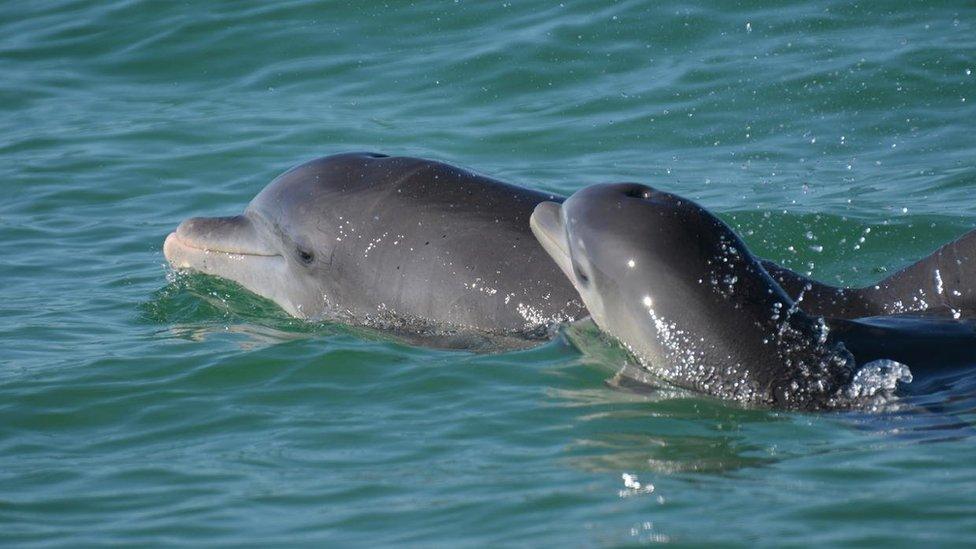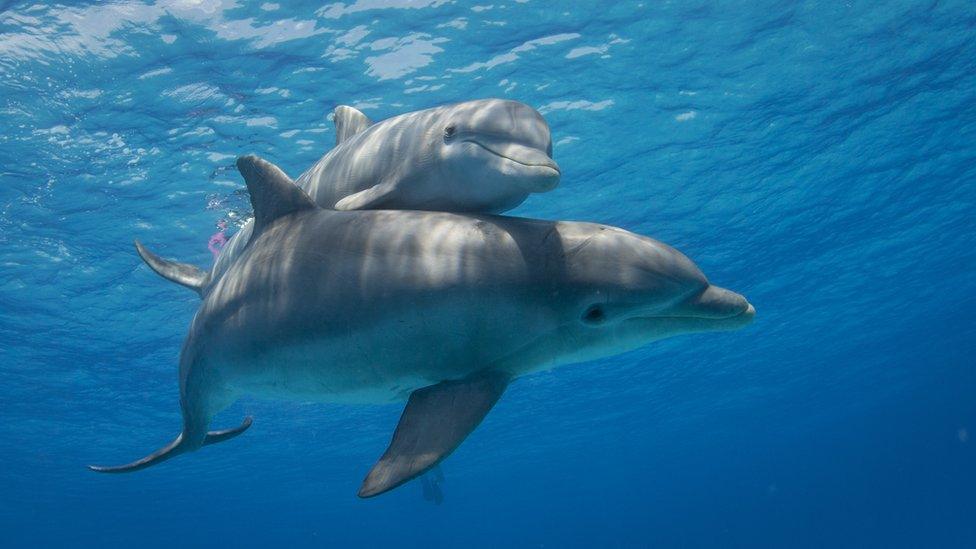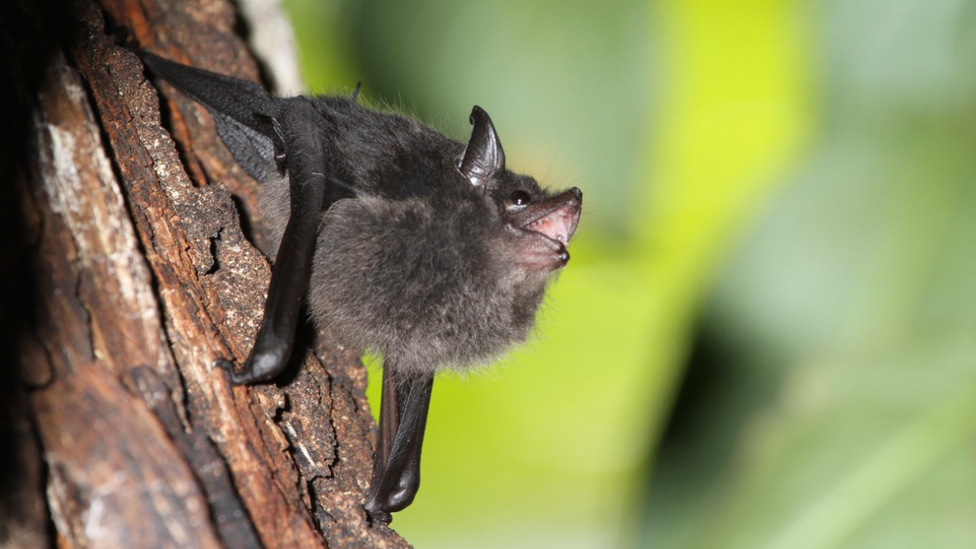Dolphins use a baby voice when they talk to their young
- Published
- comments

HEY KID, you're late for dinner!
Scientists have learnt that dolphins use a 'baby voice' to speak to their young.
A new report has discovered it's not just humans that use a high-pitched voice to talk to their offspring - dolphins do too!
The findings, published in the Proceedings of the National Academy of Sciences journal, show that mother bottlenose dolphins changed the tone of their signature whistles when talking to their babies, compared to the rest of their pod.
This way of communicating is called 'motherease', or baby talk.
A dolphin's signature whistle is a unique and important signal in dolphin speak, it is like calling out your own name.
"They use these whistles to keep track of each other. They're periodically saying, 'I'm here, I'm here'," said study co-author Laela Sayigh, a Woods Hole Oceanographic Institution marine biologist in Massachusetts.
How do we know dolphins use 'baby talk'?

The researchers used special underwater microphones to listen to the wild dolphins in Sarasota Bay
The study is the result of more than 30 years of research by scientists who worked together to help study dolphin language.
As part of the study researchers recorded the signature whistles of 19 wild mother dolphins in Florida's Sarasota Bay, in the US, using special microphones.
They recorded the mother dolphins when swimming with their babies, versus swimming alone or with other adults.
The recordings showed that all 19 of the mothers changed their tone when they used their signature whistle to speak to their baby.
Baby dolphins - known as calves - can spend up to six years with their mothers, according to the National Oceanic and Atmospheric Administration.
Why do animals use baby talk?

It is not really understood why creatures like humans or dolphins use baby talk, but there have been lots of studies into different animals over the years, and scientists think it could be to help them to learn to pronounce new sounds, or get their child's attention to let them know they are speaking to them.
Other species, including female greater sac-winged bats and adult male zebra finches have also been recorded using baby talk.
- Published22 August 2021

- Published27 October 2022

